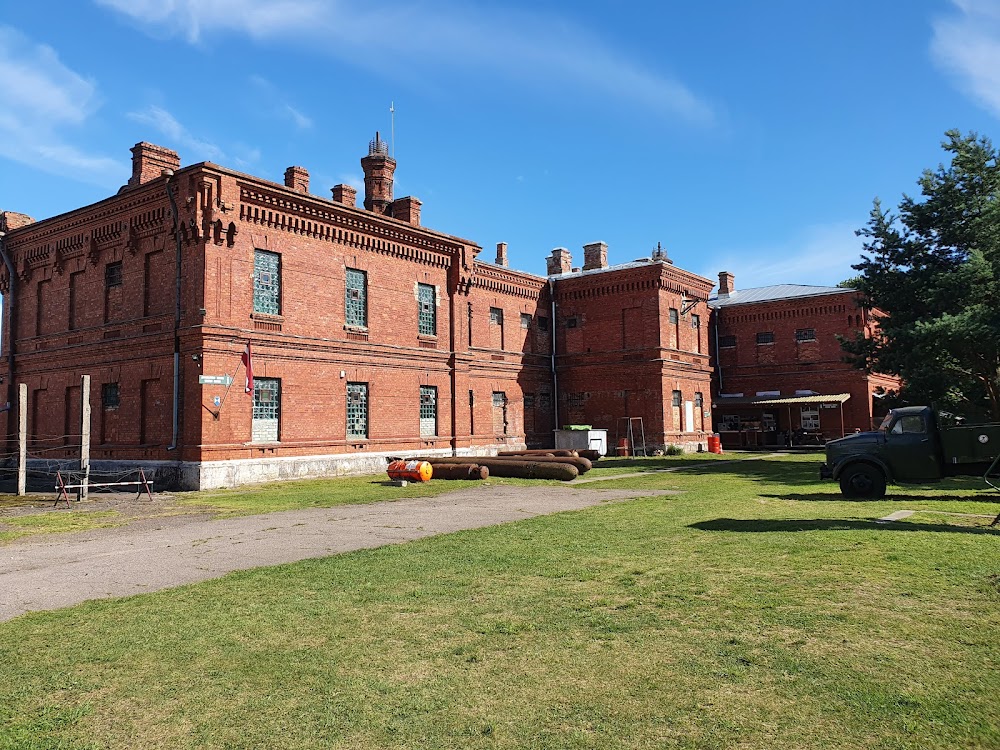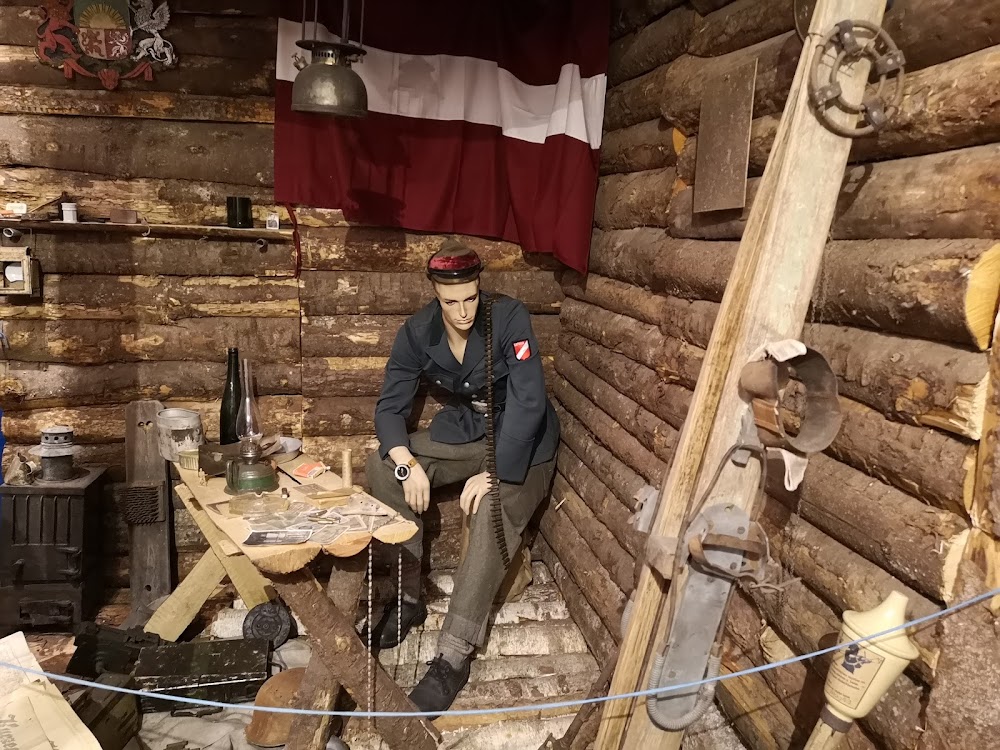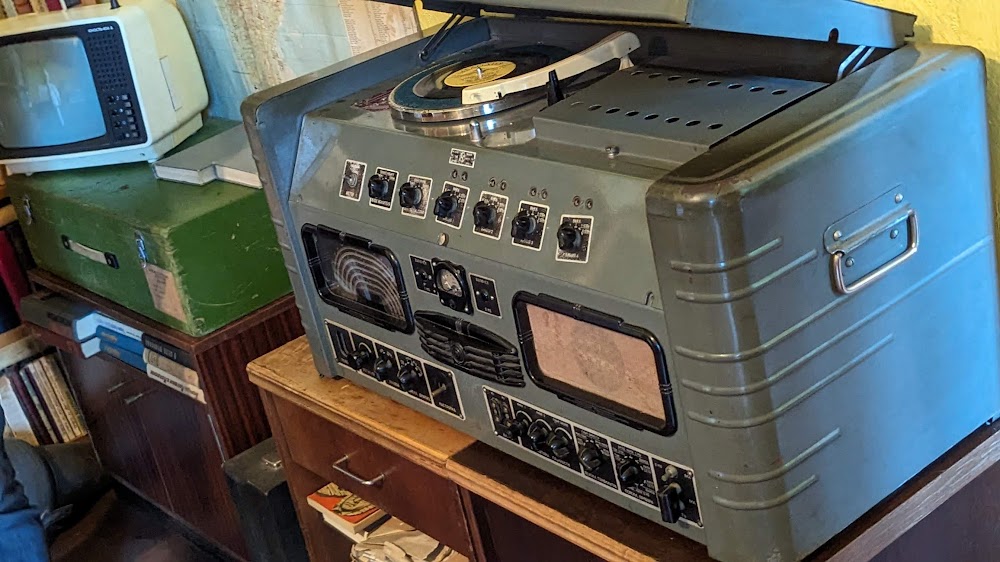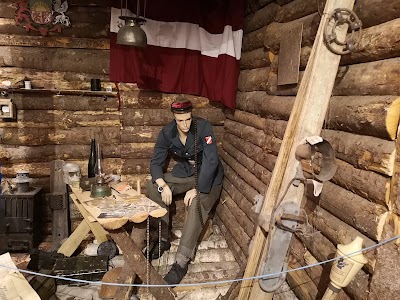Karosta Prison (Karostas cietums)
Overview
Karosta Prison is a captivating and historically significant site nestled in the city of Liepāja, Latvia. Constructed around 1900, this formidable structure originally functioned as a military detention facility, forming part of the expansive Karosta Naval Port complex established under the directive of Tsar Nicholas II. Designed to bolster the Baltic coast against potential invasions, the complex served as a crucial military stronghold during Tsarist Russia. While many buildings in the area have undergone transformations over the years, Karosta Prison remains largely intact, preserving its authentic character and somber past.
The prison's architecture is a striking example of early 20th-century military design, characterized by its imposing brick and mortar construction. The austere design features thick brick walls, iron bars, and minimal comforts, all tailored to its utilitarian purpose. Over the years, the prison housed a diverse range of inmates, from military personnel to political prisoners, earning a notorious reputation for its harsh conditions and unforgiving environment.
During the brief period of Latvia's independence between the World Wars, the prison was repurposed to serve the Latvian military. However, after World War II, Latvia was incorporated into the Soviet Union, and Karosta Prison fell under Soviet control. The prison's role shifted primarily to detaining military offenders and political dissidents, further enhancing its reputation for cruelty and hardship. Here, even minor infractions could lead to severe sentences, marking the facility as a place of fear and repression.
Conditions within Karosta Prison were notoriously brutal. Inmates faced overcrowding, unsanitary living environments, and relentless discipline. They were subjected to hard labor and often endured solitary confinement for violating strict regulations. The cramped cells, designed to accommodate one or two prisoners, offered little solace, and the meager rations of food barely sustained them. Despite these dire circumstances, Karosta remained operational until the dissolution of the Soviet Union in 1991.
With Latvia reclaiming its independence in 1991, Karosta Prison was finally decommissioned. While many military sites fell into decay, efforts in the late 1990s were made to preserve this building and its grim history. Today, it stands as a museum and tourist attraction, providing visitors with an unparalleled glimpse into its dark past.
Visitors to Karosta Prison can embark on guided tours that vividly recount its harrowing history. The tours often feature reenactments, immersing guests in the grim realities faced by those imprisoned within its walls. This sobering experience is enhanced by actors in period-appropriate prison uniforms and guards who demonstrate the strict and brutal routines that characterized daily life for inmates.
For those seeking a more immersive experience, Karosta Prison offers an "Extreme Night" program, allowing participants to spend a night in the prison under conditions reminiscent of the former inmates. Participants don prison uniforms, receive minimal meals such as bread and water, and endure reenactments of interrogations and forced labor. This unique experience appeals to thrill-seekers and history enthusiasts alike, offering a visceral connection to the past.
Karosta Prison stands as a chilling reminder of a tumultuous and often brutal era. Yet, through its transformation into a museum and cultural site, it serves as an educational platform, preserving history and honoring the memories of those who suffered within its walls. The stark contrast between this historical site and the vibrant modernity of Liepāja allows visitors to engage with a pivotal chapter not only in Latvian history but also in the broader narrative of Eastern Europe.
Despite its dark past—or perhaps because of it—Karosta Prison has emerged as a significant cultural landmark. It provides an engaging, albeit sobering, experience for visitors eager to uncover the complexities of Latvia's history and the harsh realities of life in a military prison. The ongoing preservation of this site ensures that the stories of those who endured its challenges are not forgotten, keeping history alive for future generations.








